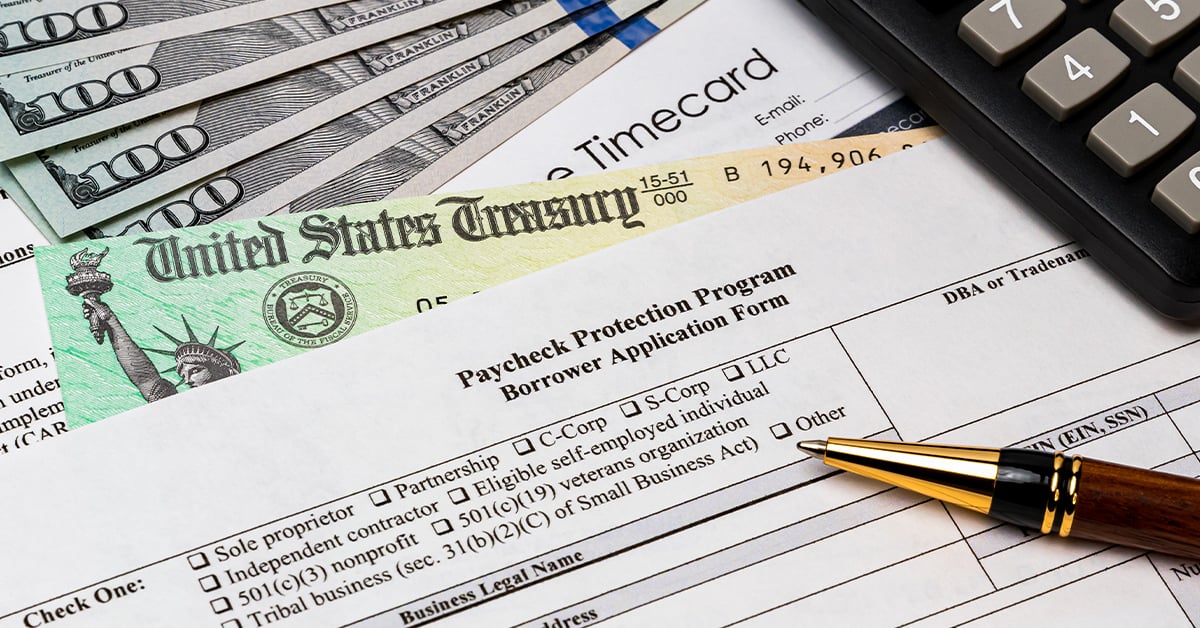×
Search
Our Services
Search
Our Services
December 23, 2020 •Clay Glasgow, CPA, ABV, CFF, CFE, Advisory Partner and Leah McLain, CPA, Consulting Manager

UPDATE: This article has been updated to reflect the legislation’s passage into law on December 27, 2020
By Clay Glasgow, CPA, ABV, CFF, CFE, Advisory Partner and Leah McLain, CPA, Advisory Practice Consulting Manager
For more information on the tax implications of this legislation, read Pending Presidential Signature, Congress Has Enacted Historic Pandemic Relief Bill… Again
On December 27, the Consolidated Appropriations Act, 2021, a $2.3 trillion spending bill that includes a $900 billion stimulus package intended to provide additional financial relief to individuals and businesses impacted by the COVID-19 pandemic, was signed into law by the President.
The Act contains follow-on provisions to the CARES Act and the Paycheck Protection Program enacted in the Spring of 2020. This article highlights key provisions of Division N, Title III, Continuing the Paycheck Protection Program and Other Small Business Support related to the forgiveness of existing PPP loans and PPP second draw loans.
Key changes to PPP loan forgiveness are summarized below. These changes are effective as if they were included in the CARES Act originally and are thus applicable to both existing and new second draw loans (except in the case of loans that were already forgiven at the time the legislation is enacted, unless otherwise noted):
A second PPP loan, referred to as a “PPP second draw,” will be available to certain eligible businesses. The PPP second draw is designed to provide relief to smaller businesses that have been more significantly hurt by the pandemic as compared to the first round of PPP loans. The following table outlines key provisions related to the PPP second draw.
Further details on the changes in PPP loan forgiveness and the PPP second draw loans can be found in the House of Representatives’ summary of the provisions of the Coronavirus Response and Relief Supplemental Appropriations Act can be found here.)
HoganTaylor will continue to provide guidance and valuable insights as more information becomes known about the PPP and other financial relief programs.
HOW HOGANTAYLOR CAN HELPHoganTaylor has assembled a team to monitor developments in financial assistance available to businesses hurt by the COVID-19 pandemic. We have been working to understand the legislation and guidance being issued to support the various programs available to affected businesses so that we can provide relevant and timely advice to our clients. As information becomes available, we will continue to recommend specific actions to take to effectively access these programs. If you need assistance in evaluating your company’s PPP loan certifications or in drafting documentation to support the evaluation and conclusions surrounding your certifications, please contact a HoganTaylor advisor at SBALoans@hogantaylor.com. INFORMATIONAL PURPOSE ONLY. This content is for informational purposes only. This content does not constitute professional advice and should not be relied upon by you or any third party, including to operate or promote your business, secure financing or capital in any form, obtain any regulatory or governmental approvals, or otherwise be used in connection with procuring services or other benefits from any entity. Before making any decision or taking any action, you should consult with professional advisors. |